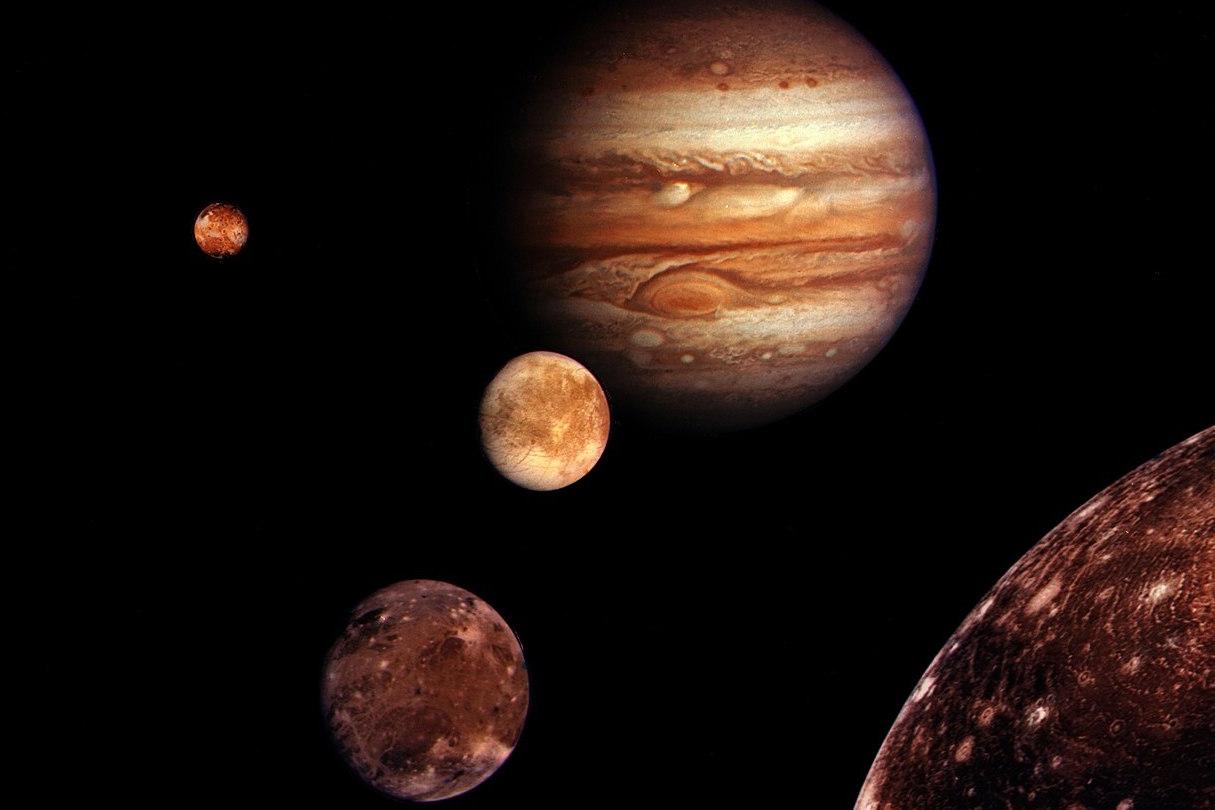Y: Did you know that Earth isn't the only planet with an aurora, Don?
D: Really, Yaël? Doesn't a planet have to have a magnetic field to make aurora lights?
Y: That's right. The sun is always sending out particles called the solar wind. That wind frequently increases in intensity to become a solar storm when large numbers of particles are released. On the Earth, those particles are drawn toward the magnetic north and south poles. As they pass through the magnetic shield, which protects living organisms from serious harm, the electrical charges interact with oxygen, nitrogen and other elements. When they collide with oxygen, yellow and green lights are produced. Nitrogen creates red, violet and sometimes blue.
D: And there is another planet with a magnetic field?
Y: A number of them, including, Jupiter.
D: It must have a gigantic field that creates lots of color.
Y: Not as much color as you'd think. The Voyager I spacecraft took the first photographs of Jupiter's aurora in nineteen seventy nine, and didn't see much. That's because the real show isn't in visible light, but in x‑ray radiation.
D: We can't see X‑rays.
Y: That's why NASA launched the Chandra X‑Ray Observatory to measure Jupiter's magnetosphere. And they found something very interesting. Jupiter's auroras never stop. That's because, unlike Earth, Jupiter doesn't need a solar storm to create its auroras. Jupiter's magnetic field is so large that when the planet spins it creates ten million volts of electrical charge around its poles. It's crackling with electricity that creates auroras.
D: Wow. That would be quite a show. I need some x‑ray glasses.









